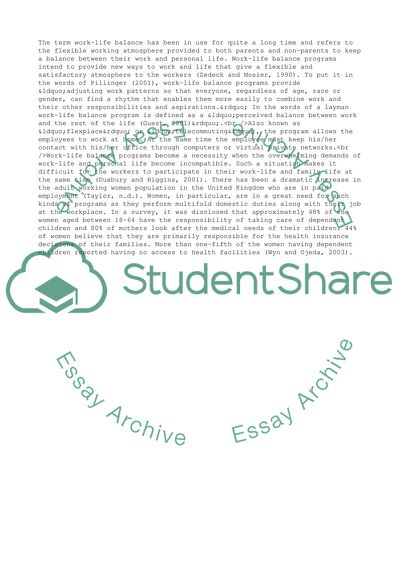Cite this document
(Work Life-Balance Programs for Women Term Paper, n.d.)
Work Life-Balance Programs for Women Term Paper. https://studentshare.org/business/1705454-career-womens-work-life-balance-program
Work Life-Balance Programs for Women Term Paper. https://studentshare.org/business/1705454-career-womens-work-life-balance-program
(Work Life-Balance Programs for Women Term Paper)
Work Life-Balance Programs for Women Term Paper. https://studentshare.org/business/1705454-career-womens-work-life-balance-program.
Work Life-Balance Programs for Women Term Paper. https://studentshare.org/business/1705454-career-womens-work-life-balance-program.
“Work Life-Balance Programs for Women Term Paper”. https://studentshare.org/business/1705454-career-womens-work-life-balance-program.


